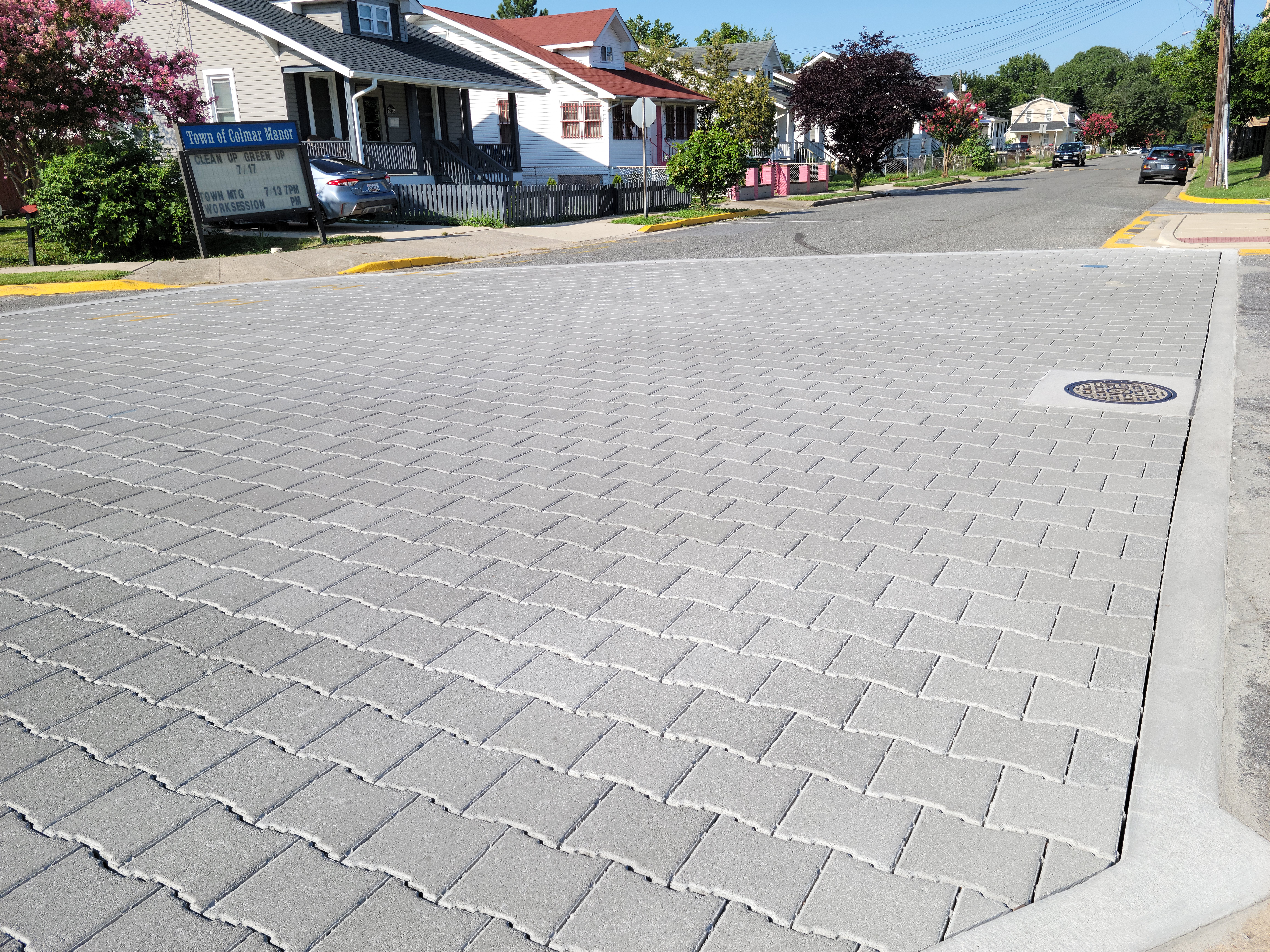PaveDrain in the Road
PaveDrain—a better solution to the problem of runoff and flooding due to rainfall and storms.
Roads are the Source of the Problem
It’s critically important to address a problem at its source. The source of the problem with stormwater is impervious surfaces. Instead of allowing water to be absorbed back into the environment, impervious surfaces disrupt these normal processes causing the water to flow and pool. The more impervious surfaces, the greater the stormwater challenge.
Stormwater is a particularly difficult challenge for roads. We build roads because we need to get somewhere with our cars. As our communities develop they sprawl and pave more of the environment. We’ve done an admirable job with storm drains to capture the water and move the problem downstream. BUT, you can address the problem right where you create it.
Rethinking Roads as the Solution
What if the road itself could handle the stormwater? PaveDrain does just this; converting a small fraction of the roadway into a stormwater BMP (best management practice). By storing and infiltrating large volumes of water quickly PaveDrain handles the runoff from the adjacent pavement. This also restores the natural water cycle replenishing groundwater and streams as they were before development.
This is all enabled because PaveDrain is rated to HS-25 AASHTO Loading allowing it to handles all kinds of heavy traffic: fire trucks, semis, ambulances, buses, garbage trucks, etc. No other permeable pavement is rated as highly, nor warrantied for it performance. No longer restricted to pedestrian areas or parking stalls, all areas of the parking lot or road can be converted to PaveDrain.
In practice, because of its high level of performance, only 10%–20% of a surface needs to be converted to PaveDrain. Ideally this would the lowest areas of a roadway. Water follows the natural grade, and PaveDrain can solve the problem right there. There are many placement options, and really no limitations.
Road Placement Options
- Shared turn lane
- Shoulder
- Drive aisle
- Bike lane
- Parking lane
- Bus lane
- Boat Ramps
Experience
This sounds great in theory, but have you really done this? Yes. With 4+ million SF of installed PaveDrain we have countless examples around the country working with state, county, and local governments to address their stormwater challenges in the right-of-way.
- Florida
- Kentucky
- Indiana
- Maryland
- Wisconsin
- …and more
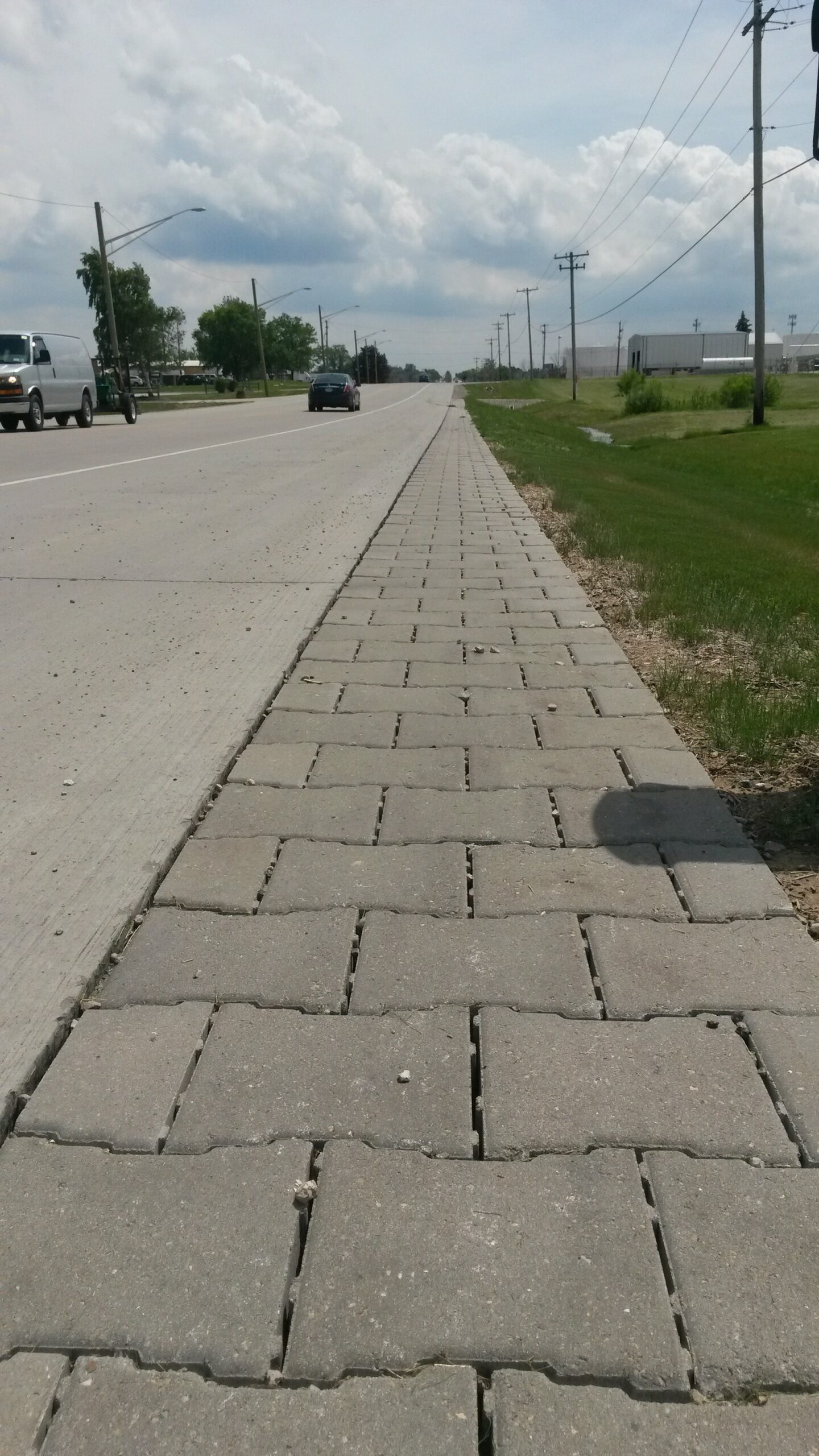
PaveDrain on the shoulder of a roadway in Milwaukee, Wisconsin (WIDOT)
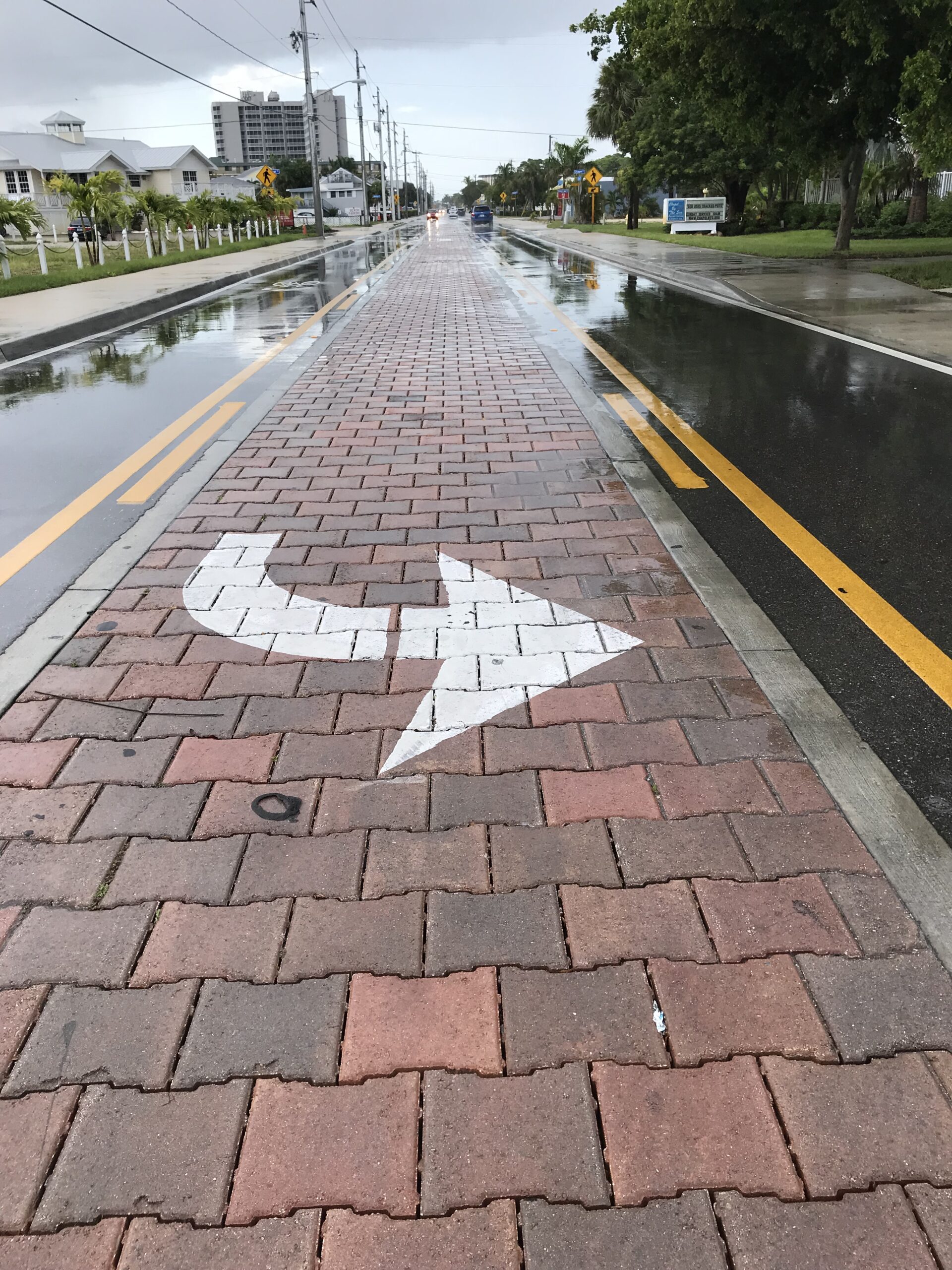
PaveDrain as the shared turn lane in Florida (FLDOT)
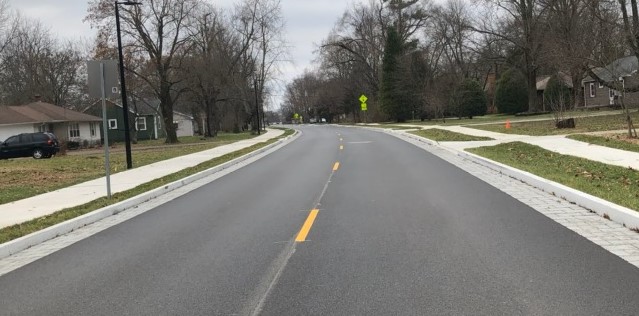
PaveDrain on the edge of a roadway in Columbus, IN (INDOT)
Extra Benefits
- Accessing utilities– the PaveDrain system can be completely removed and reinstalled. This gives full access to buried infrastructure, without unsightly or mismatched patches. Good as new!
- Ford picked up and moved one of our first installations at a factory in Michigan when they decided to adjust their traffic pattern.
- Time of construction- Road construction proceeds at much the same pace with machine assisted laying and minimal cutting. A skilled crew can lay several thousand SF per day
- Repair– It takes 30-seconds to extract a damaged block and re-insert a new block.
- Bike lanes– We’ve used PaveDrain for bike lanes (see below)
- Winter- salt is used to prevent ice formation, which makes driving hazardous. PaveDrain quickly removes any standing water from the surface, preventing refreezing and LIMITING THE NEED FOR SALT APPLICATION. It can also be plowed.
- Potholes and Cracking– Asphalt swells and shrinks with temperature changes and moisture. When there is no ribbon curb between the asphalt and the PaveDrain blocks, PaveDrain accommodates these natural movements reducing cracks and potholes saving on maintenance.
- Clogging– Open joints in the PaveDrain system mean substantially more debris and material is required to clog a PaveDrain system relative to any other permeable pavement option. Video
- Maintenance– Accomplished with a vac truck, moving across the surface. Regular sweeping removing any leaves or larger debris is also recommended. >90% of initial performance can be restored via this process. Video
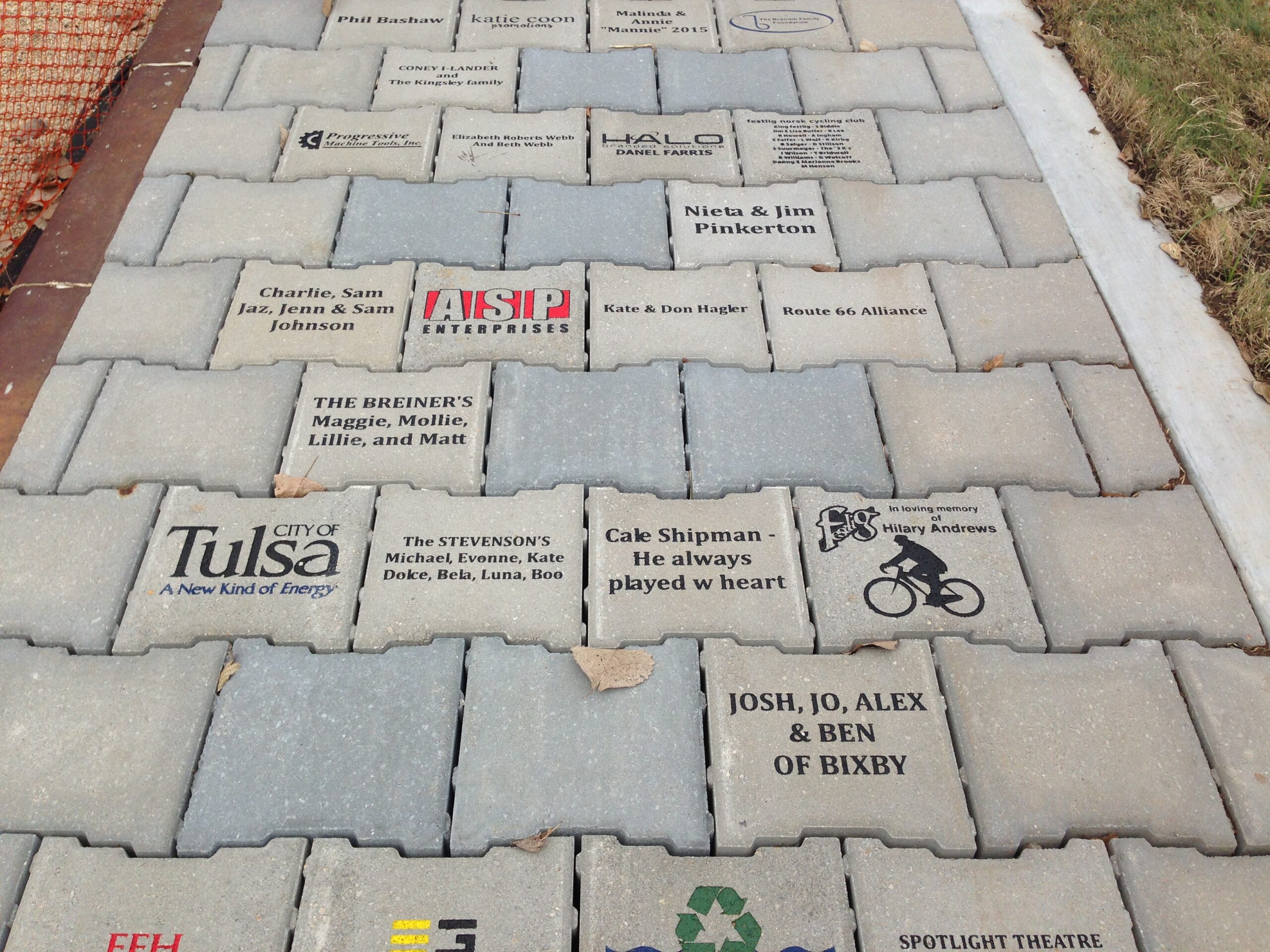
A PaveDrain bike trail in Tulsa, Oklahoma (Cry Baby Hill)
Ready to build a better road?

VP of Business DevelopmentAaron Fisher
Latest News
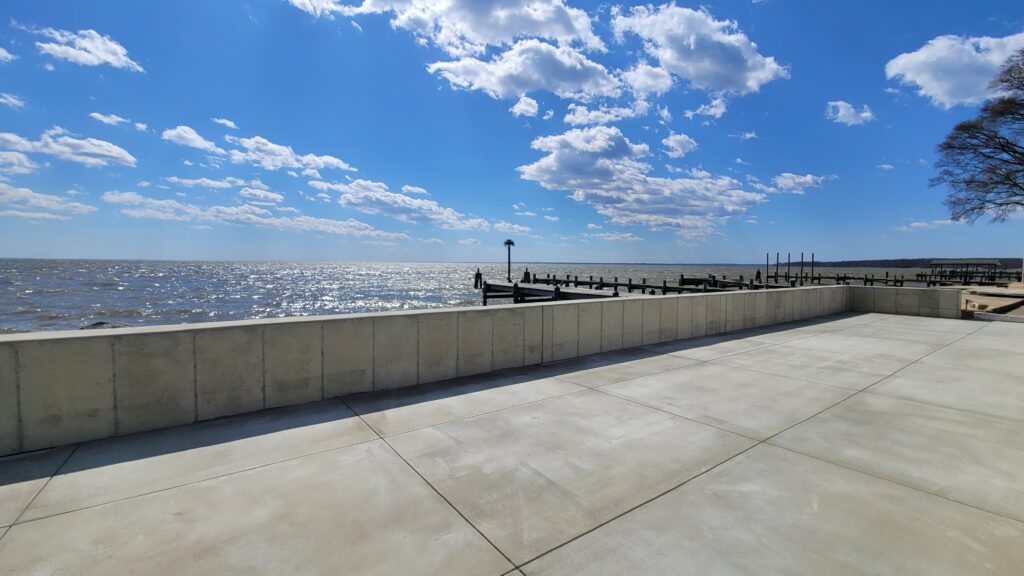
Building a Better Sea Wall
Waterfront property is the best: sea breezes, water access, and views. Unfortunately water and shoreline are always in a bit […]
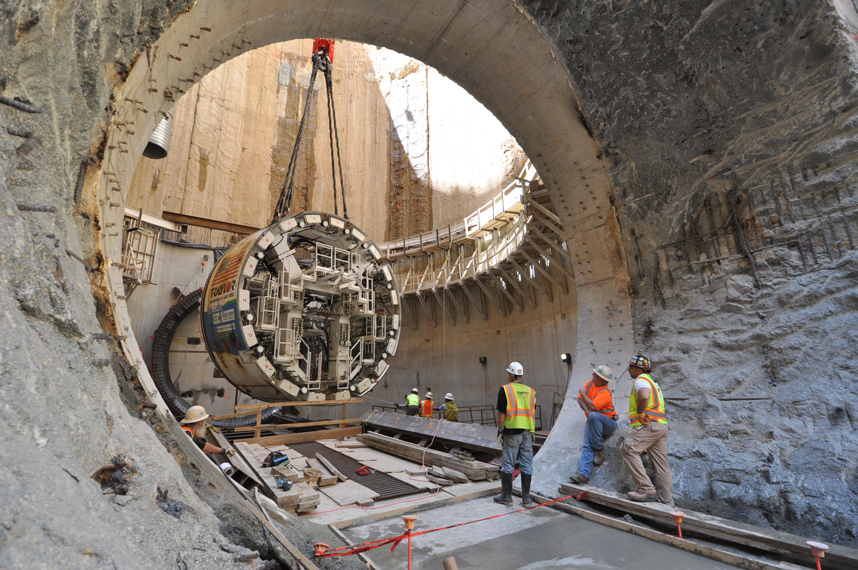
Stop Building Tunnels for Stormwater
Engineers love big projects. They are statements of competence, and also make big money. However, bigger isn’t always better and […]
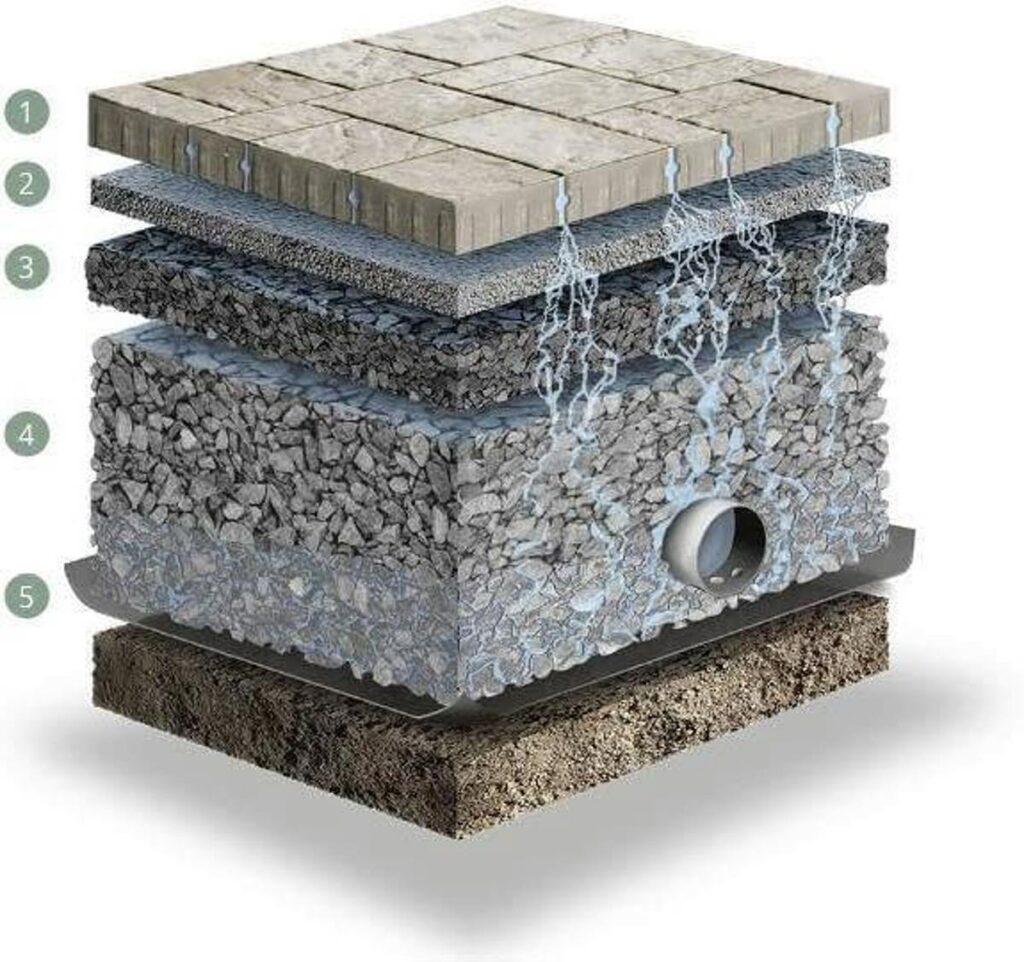
Understanding The Installation Costs Of Permeable Pavement
Permeable pavement has emerged as a leading solution in modern construction, known for its environmental benefits and ability to manage […]
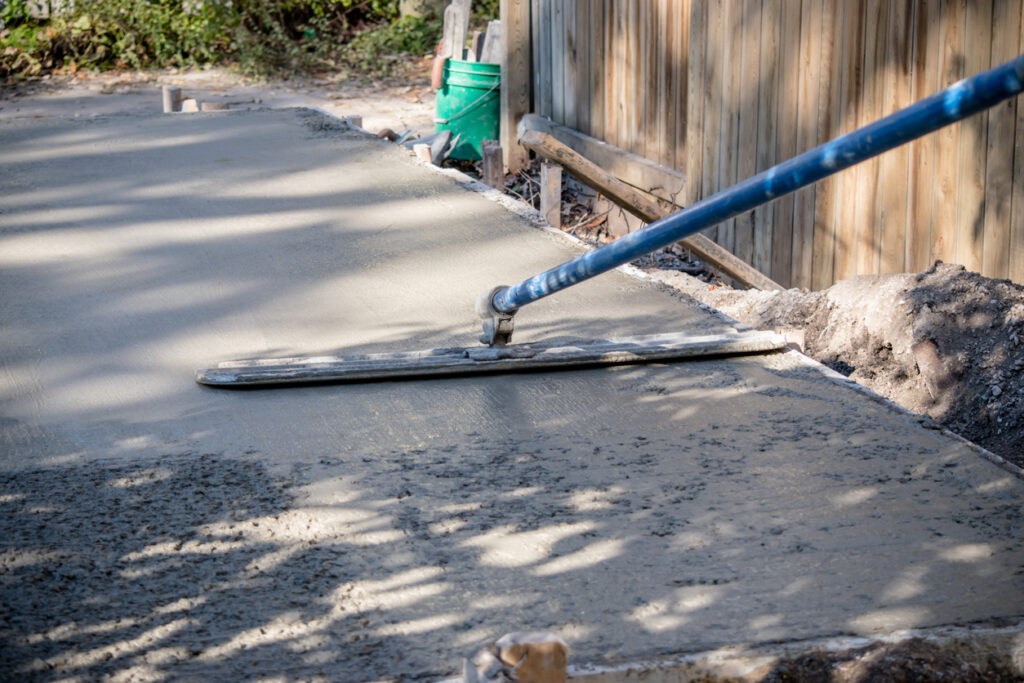
What Accessories Do You Need For Working With Concrete?
Working with concrete is an integral part of construction, whether it involves laying foundations, building structures, or creating pathways. The […]
